Sabayone, also known as zabaglione, is a delightful Italian dessert that will transport your taste buds to culinary heaven. We will introduce you to Sabayon, a mouthwatering dessert with origins from centuries.
We’ll delve into the history of Sabayon and explore the unique ingredients that make it so delicious. But that’s not all – we’ll also provide you with a step-by-step recipe for creating this delectable dessert yourself.
We’ve got you covered, from preparing the double boiler to whisking together the perfect combination of egg yolks and sugar. And if you’re feeling adventurous, we’ll even share some tips for variations and serving suggestions. Get ready to indulge in the heavenly flavors of sabayon!

Introduction To Sabayon And Its Origins
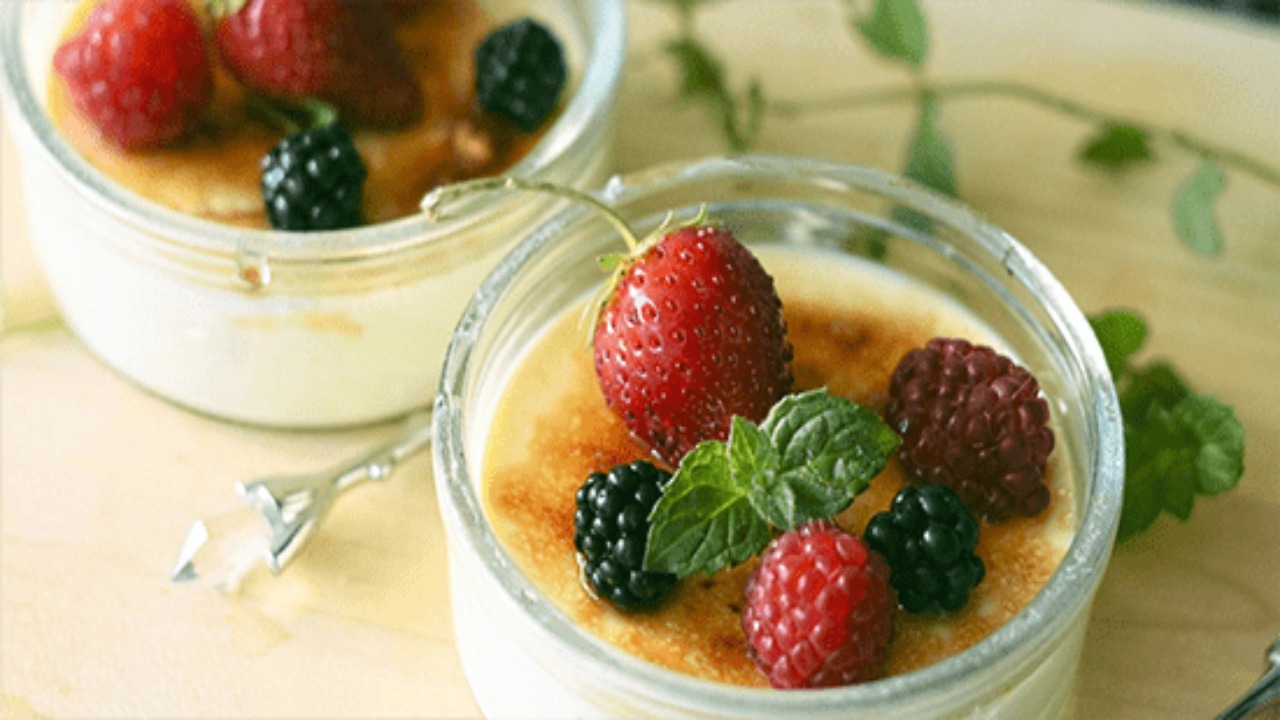
Tiramisu is a delicious Italian dessert with a rich history. The region of Veneto is believed to be the origin of tiramisu in the 16th century. People make tiramisu by layering ladyfingers soaked in coffee and liqueur with creamy mascarpone cheese, eggs, sugar, and cocoa powder.
This indulgent dessert has become popular worldwide, and people often enjoy it at the end of a meal or as a special treat. Many people love the combination of flavors and textures that make it a decadent dessert.
Ingredients Needed For Making Sabayon
Traditional sabayon is a classic Italian dessert that requires a few simple ingredients. To make the traditional version, you will need egg yolks, sugar, sweet dessert wine, vanilla extract, lemon zest, and a pinch of salt.
However, there are also variations of sabayon that incorporate additional ingredients to enhance the flavor and texture. For example, some recipes call for adding whipped cream or mascarpone cheese to give the dessert a lighter and more airy consistency. These additions can add richness and depth to the sabayon, creating a decadent treat perfect for special occasions or as a finishing touch to a delicious meal.
Step-By-Step Sabayone Recipe
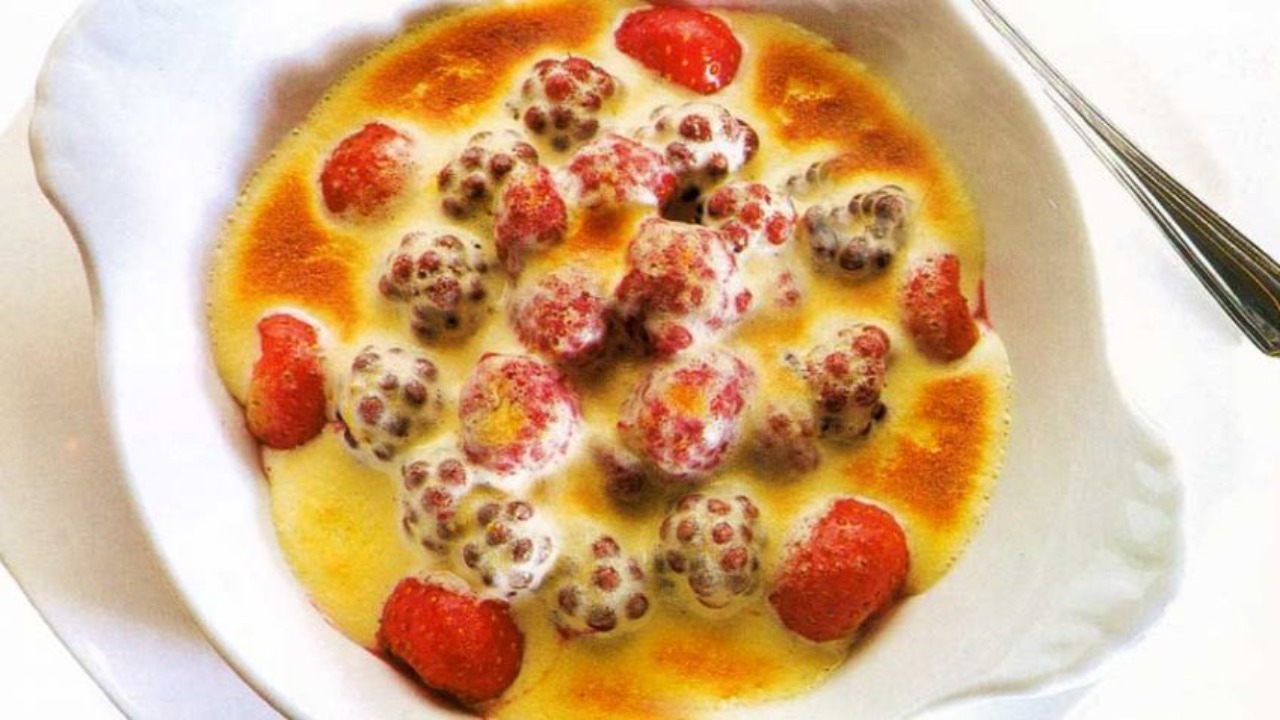
Making sabayon, a luscious Italian dessert, is a delightful process that yields a creamy and indulgent treat. To make this classic dessert, stir egg yolks, sugar, and a splash of wine or liqueur in a heatproof bowl.
Then, place the bowl over simmering water and continue whisking until the mixture becomes thick and frothy. Finally, remove the bowl from the heat and continue whisking until the sabayon cools slightly. Serve it warm or chilled with fresh berries or as a topping for desserts like cakes or fruit tarts.
1.Preparing A Double Boiler Or Bain-Marie
When making sabayon, using a double boiler or bain-marie is crucial to prevent curdling or overheating. To set up a double boiler, fill a saucepan with water and bring it to a simmer. Place a heatproof bowl on the saucepan, ensuring it fits securely without touching the water.
The gentle heat from the simmering water will provide indirect heat to cook the sabayon mixture evenly, resulting in a velvety smooth and creamy texture for this delectable dessert. You should continuously whisk the sabayon while cooking to prevent any lumps from forming and achieve the desired consistency.
2.Whisking Together Egg Yolks And Sugar
Chefs frequently employ whisking, a fundamental culinary technique, to achieve a light and velvety sabayon. The process involves vigorously blending the ingredients, introducing air into the mixture and yielding a fluffy texture. Additionally, whisking aids in emulsifying the ingredients, leading to a smooth and creamy consistency. Mastering the art of whisking can greatly enhance your culinary creations’ texture and overall appeal.
3.Adding Wine Or Other Flavorings To The Egg Mixture
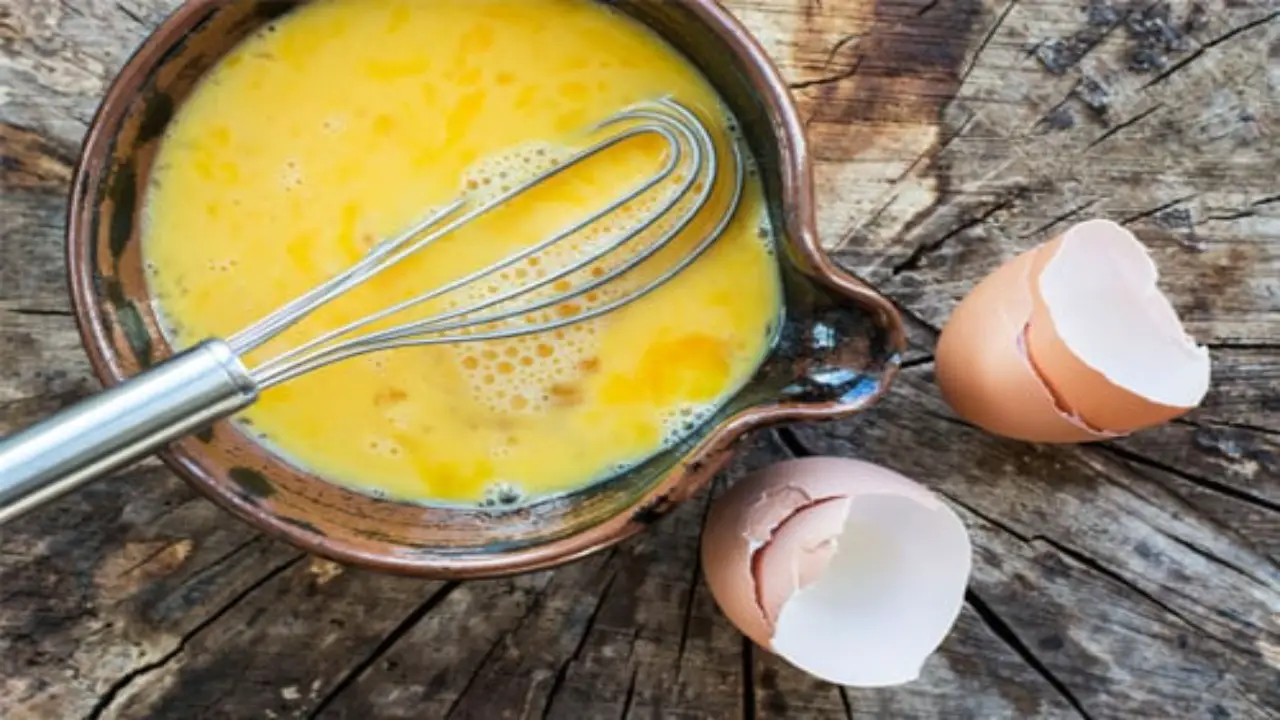
You can experiment with different types of wine and flavorings to customize your sabayon. For a traditional recipe, you can use sweet Marsala wine and add a touch of vanilla extract for a rich and creamy flavor. Alternatively, you can use a fruity white wine like Riesling or Muscat and infuse it with citrus zest or spices like cinnamon or nutmeg for a unique twist. The possibilities are endless when customizing sabayon to suit your taste preferences.
4.Placing The Bowl Over The Double Boiler And Whisking Continuously
To prepare the Sabayon, follow these steps for a smooth and velvety texture. Begin by placing a heatproof bowl containing the egg mixture over a pot of gently simmering water. It is crucial to ensure that the bottom of the bowl does not touch the water directly.
Whisk the mixture continuously as it heats up, taking care not to overcook it. The indirect heat from the simmering water helps prevent the eggs from curdling while gradually thickening the mixture to your desired consistency. This technique ensures that your Sabayon turns out perfectly every time, with a rich and creamy texture that pairs beautifully with various desserts and fruits.
5.Cooking The Sabayone Until It Thickens And Reaches The Desired Consistency
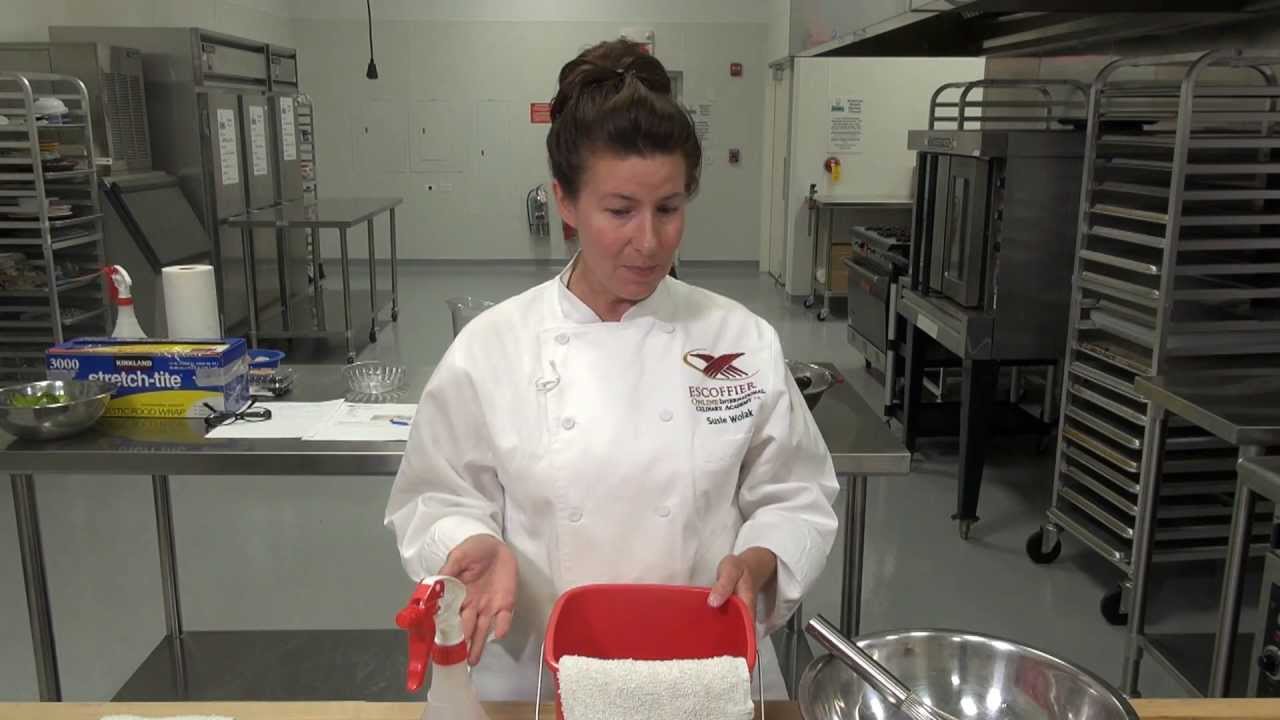
Sabayon, also called zabaglione, is a delectable Italian dessert that combines egg yolks, sugar, and wine. To achieve the perfect texture for your sabayon, continuously whisk the mixture over low heat. This gradual cooking process ensures that the eggs thicken without curdling. It’s important to note that the sabayon will further thicken as it cools, so it’s best to remove it from the heat when it reaches a slightly runny consistency.
6.Removing From Heat And Continuing To Whisk Until Cooled Slightly
Once you remove the sabayon mixture from the heat, gently whisk it until it cools slightly. This whisking action is crucial as it helps maintain a smooth and creamy texture while preventing lumps from forming.
As you whisk, you will notice that the sabayon gradually thickens and cools, resulting in the perfect consistency. It is essential to whisk continuously during this process and be careful not to over-whisk or break down the structure of the sabayon. By following these steps, you can ensure that your sabayon turns out beautifully every time.
7.Serving And Enjoying Sabayone
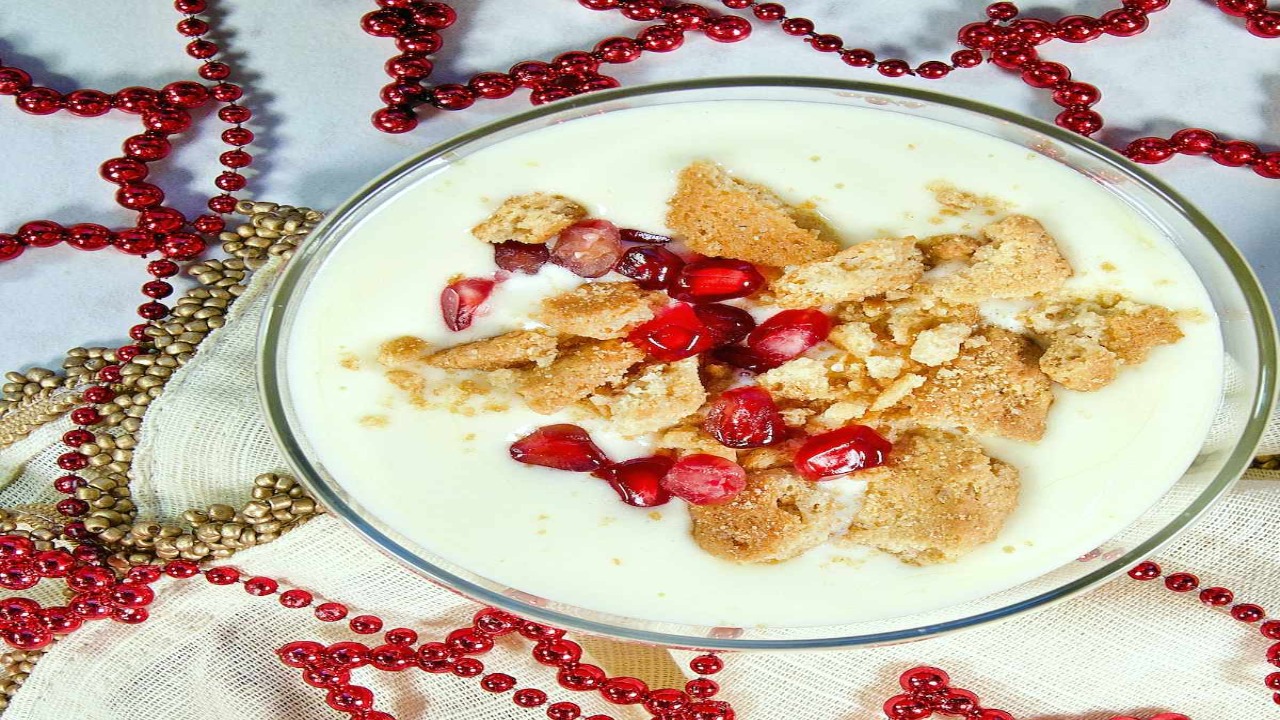
Serve sabayon immediately after preparation to enjoy its velvety texture and rich flavor. This classic Italian dessert pairs wonderfully with fresh berries or a dollop of whipped cream, adding a burst of freshness to each bite. For a decadent treat, serve sabayon alongside a scoop of creamy vanilla ice cream or a slice of cake. Whether enjoyed alone or with other desserts, savoring each spoonful of this indulgent delicacy will surely delight the senses.
Tips For Variations And Serving Suggestions
You can enjoy Sabayon, a classic Italian dessert, in various ways depending on your preference. You can serve it warm or chilled, depending on your desired temperature. Additionally, you can add lemon or orange zest to enhance the flavor profile with a citrus twist. Drizzling melted chocolate over the top is a great option to make it even more indulgent.
Pairing Sabayon with fresh berries or whipped cream adds a refreshing element to the dish. For those looking for an extra kick of flavor, experimenting with rum, amaretto, or brandy can elevate the taste and create a unique variation of this delightful dessert.
Conclusion
sabayone is a delightful dessert that originated in Italy. Its creamy and velvety texture and rich flavors of wine or other flavorings make it an indulgent treat for any occasion. Following the step-by-step recipe, you can easily prepare sabayon at home and impress your guests with this delicious dessert.
Don’t forget to experiment with variations and serve it with fresh fruits, cookies, or even drizzle it over ice cream. Whether you’re a seasoned chef or a beginner in the kitchen, sabayon is a dessert that will satisfy your sweet tooth and leave you craving more. So, try out this recipe and treat yourself to Italian decadence.
Frequently Asked Questions
1.What Is A Sabayon In Cooking Terms?
Ans: In cooking terms, Sabayon is a luscious dessert sauce made with egg yolks, sugar, and sweet wine. It adds a creamy and light touch to desserts like fruit tarts or can be savored independently. By whisking the mixture over a gentle heat, it thickens into a frothy delight. Adding vanilla or citrus zest enhances the flavor of sabayon.
2.What’s The Difference Between Zabaglione And Sabayon?
Ans: Zabaglione and sabayon are two names for the same dessert. Zabaglione is the Italian name, while sabayon is the French name. This indulgent treat is made by whisking together egg yolks, sugar, and sweet wine until thick and creamy. Regardless of the name, it’s a deliciously rich dessert.
3.How Is A Sabayon Produced?
Ans: Sabayon is created by gently whisking egg yolks, sugar, and a liquid like wine or fruit juice over low heat. The mixture is continuously whisked until it thickens into a creamy consistency. This gentle cooking process helps cook the egg yolks and create a stable emulsion. Sabayon can be enjoyed independently or used as a delectable topping for desserts like fresh berries or cakes.
4.What Is The Difference Between Creme Anglaise And Sabayon?
Ans: Creme anglaise and sabayon are creamy and sweet but have different ingredients and textures. Creme anglaise is a custard sauce made with milk, sugar, and egg yolks, while sabayon is a frothy dessert made with egg yolks, sugar, wine or other liquids. Sabayon has a lighter texture because of the incorporation of air bubbles. Creme anglaise is commonly used as a dessert base, while sabayon is enjoyed on its own or as a topping.
5.Is It Safe To Use Sabayone?
Ans: Sabayon is generally safe to consume when prepared properly. There is a slight risk of salmonella contamination due to raw eggs. To reduce this risk, use pasteurized eggs or cook the sabayon over a double boiler until it reaches 160°F (71°C). Pregnant women and individuals with compromised immune systems should avoid consuming raw egg-based desserts like sabayon.
